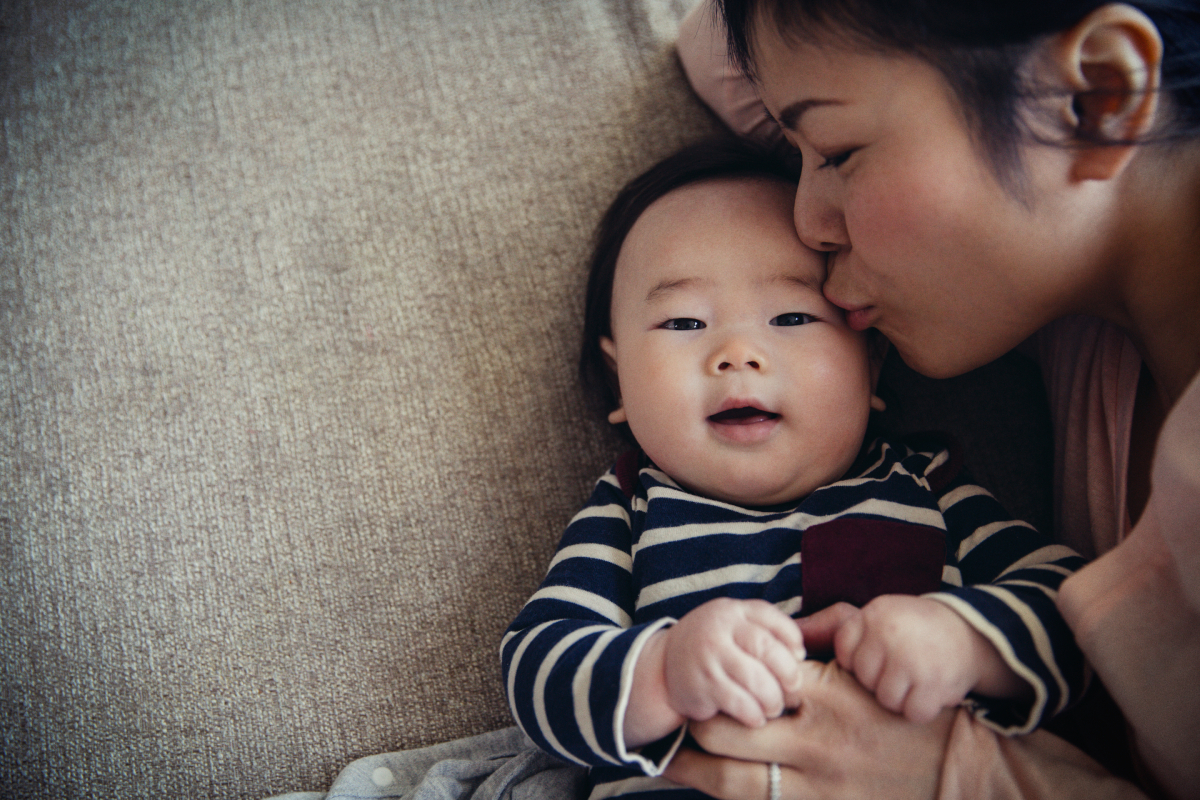Participants
The Centers for Disease Control and Prevention and birth defects programs in many states worked together on this study to discover the causes of birth defects. To do this, we spoke with mothers of infants without birth defects as well as women who had a pregnancy affected by a birth defect. We talked to thousands of mothers from each state in the study to find out about their pregnancies. We hope that these study findings will help us to discover the causes of specific birth defects.
Participation was critical to the study. Typically, research results are not considered reliable if only a small percentage of selected people participate. As you can imagine, if people with certain exposures decided not to participate, it would be much harder to study that exposure. Because this is a population-based study, we hope that women we invited to participate are representative of the entire population. NBDPS was unique because the questions answered during the interview by each mother were combined with diagnostic information from her medical records. Our study also collected DNA to look at the relationship between genes and other exposures. It is our hope that the information each woman gave us will benefit many people in the future.
How were study participants selected?
Part of our on-going work to find causes of birth defects includes studying them when they occur. Women whose babies did not have birth defects were selected randomly from women who gave birth in the same area during the same year. These families were contacted to find out if they wanted to participate in the study.

Participation of mothers of babies without birth defects
Answers and cheek cell samples provided by mothers of babies with no birth defects (control mothers) were compared to answers and cheek cell samples provided by mothers of babies affected by birth defects (case mothers). If case mothers reported exposure to something more often than control mothers, this could mean that the exposure is related to the birth defect. An exposure can be something a person eats, a drug or medical treatment, or something used on the job. DNA from cheek cell samples allows us to look at the role of genetic factors in birth defects, especially those that interact with other exposures.
How do I withdraw from the study?
NBDPS began interviewing mothers more than 20 years ago! Some babies of the earliest participants have reached the age of 18. Participants can withdraw themselves and/or their child from the study at any time. In addition, when a child reaches the age of 18, he or she can also decide to withdraw from the study at any time. Withdrawing for a child means we will destroy the cheek-cell sample that we received when he/she was a baby. That means the sample will not be used. To withdraw from the study, call 1-888-743-7324 or e-mail NBDPS2@cdc.gov. For any person who withdraws from the study, we will not use their data in the future, but we cannot remove their data from findings or articles that have already been published. Please note that no publications include specific information that can identify a particular person.
